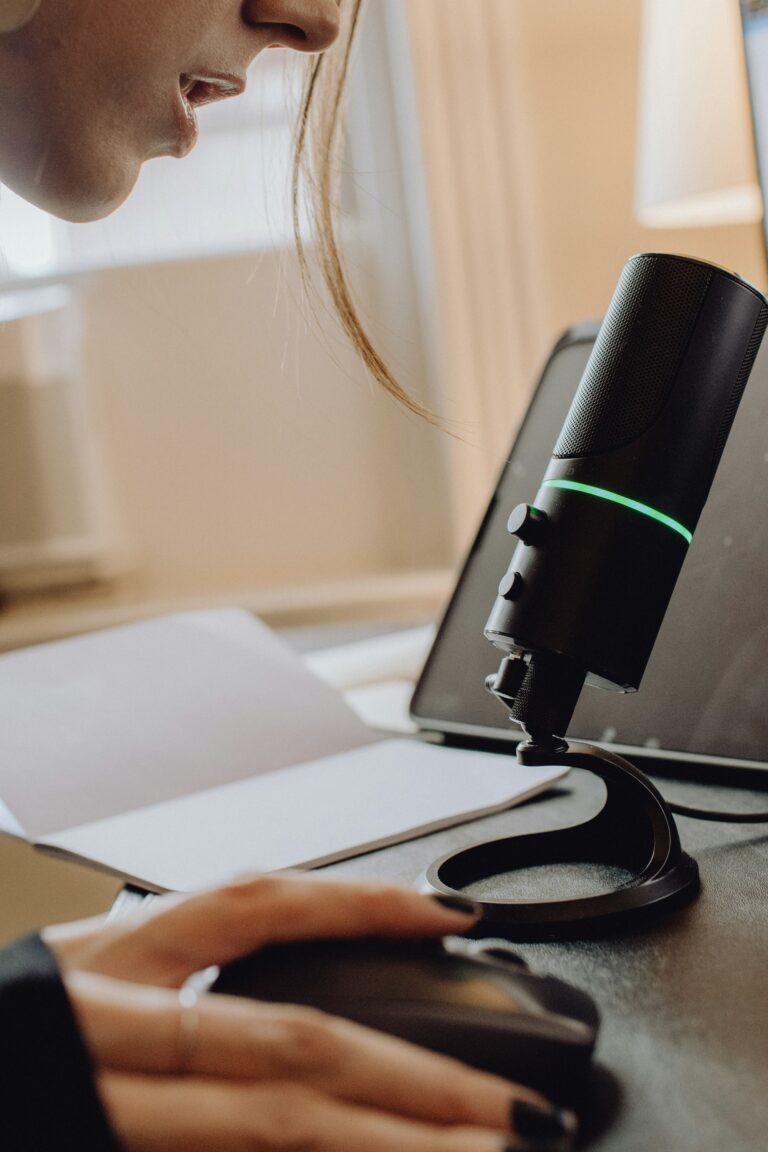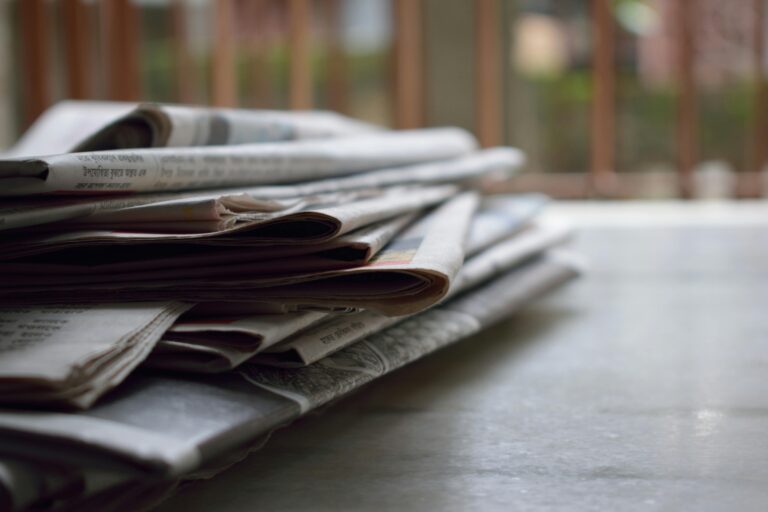1.0 plus 2.0 is 3.0
Leiden has great facilities in the field of education, from pre-school care to bite-sized university education at the Faculty of Arts. Of the 120,000 Leiden residents, 55,000 are actively pursuing an education. This does not include all the people who go to a lecture, museum or library in their spare time. A city full of knowledge goes hand in hand with a highly educated population. For example, one tenth of the more than 350 members of the Association for Science Journalism and Communication Netherlands live and/or work in Leiden. The potential of this curious population is expressed in many interesting citizens’ initiatives, such as Stadslab, Singelpark, Leidse Stijl and ScienceOnline Leiden.
They are good examples of innovations. But how do you ensure that new ideas can also be introduced and applied in the school classroom or by inquisitive professionals? Simply transferring old – sometimes even outdated – knowledge, as is still too often the case, is not enough. Whether new ideas are always better can only be assessed in retrospect. But we cannot afford to wait and see. The new reality we call 3.0 unfolds. A reality in which 1.0, the offline world, merges with the online 2.0 world.
What would happen when (top) science plays a role in the entire learning landscape, throughout life? The knowledge is there, only out of unfamiliarity it is underused by teachers, museum staff or scientists, for example. We can do more with our scientific knowledge. And that doesn’t have to be difficult at all. There are great (children’s) books, sites, apps and events in the field of science.
At ScienceOnline Leiden, thinking and acting go hand in hand. That is why we end this Unconference with the question: ‘What can you do tomorrow to bring the future generation into contact with the science of today?’
Annette ter Haar, Frank Nuijens en Martine Oudenhoven







